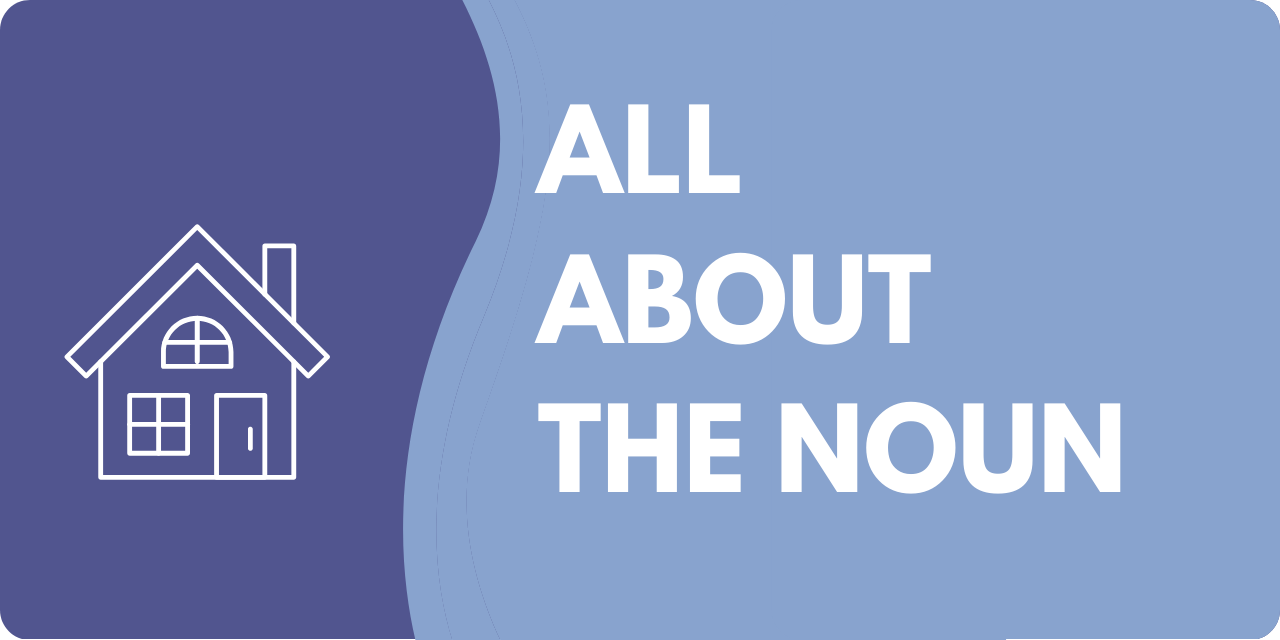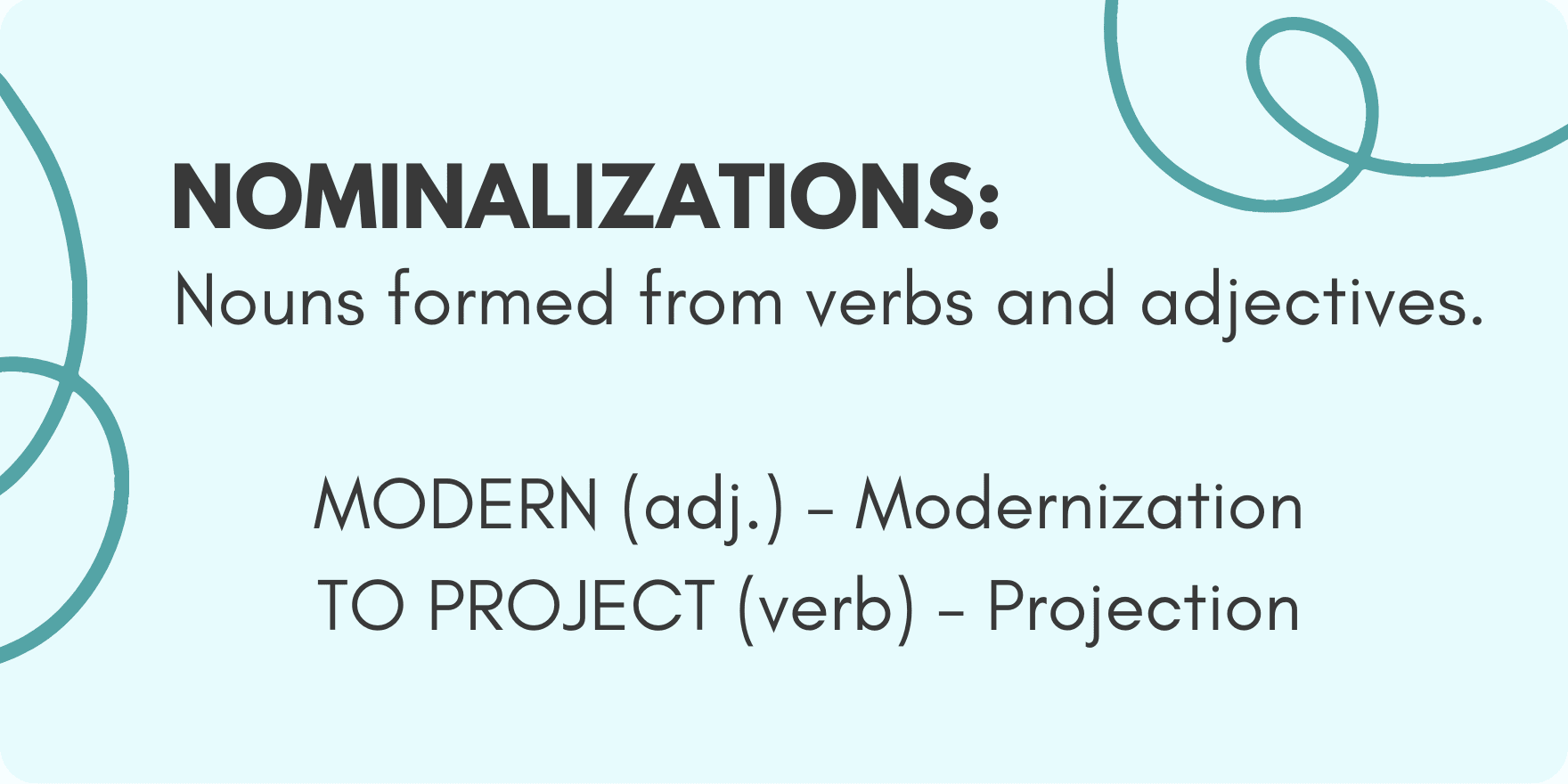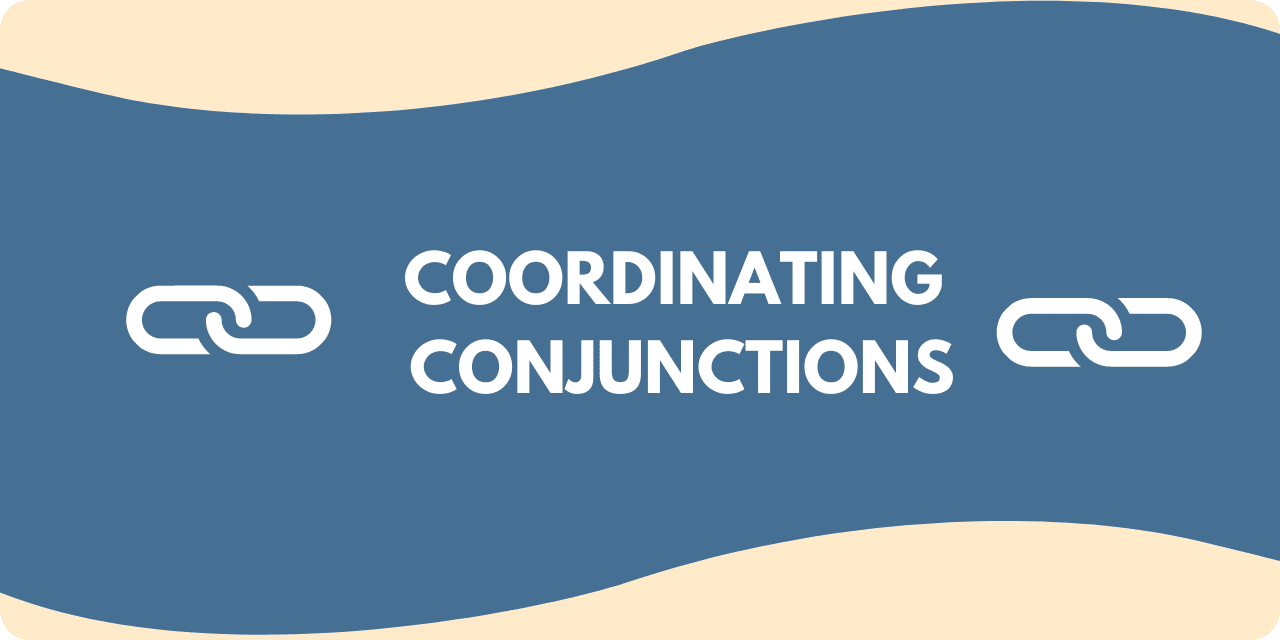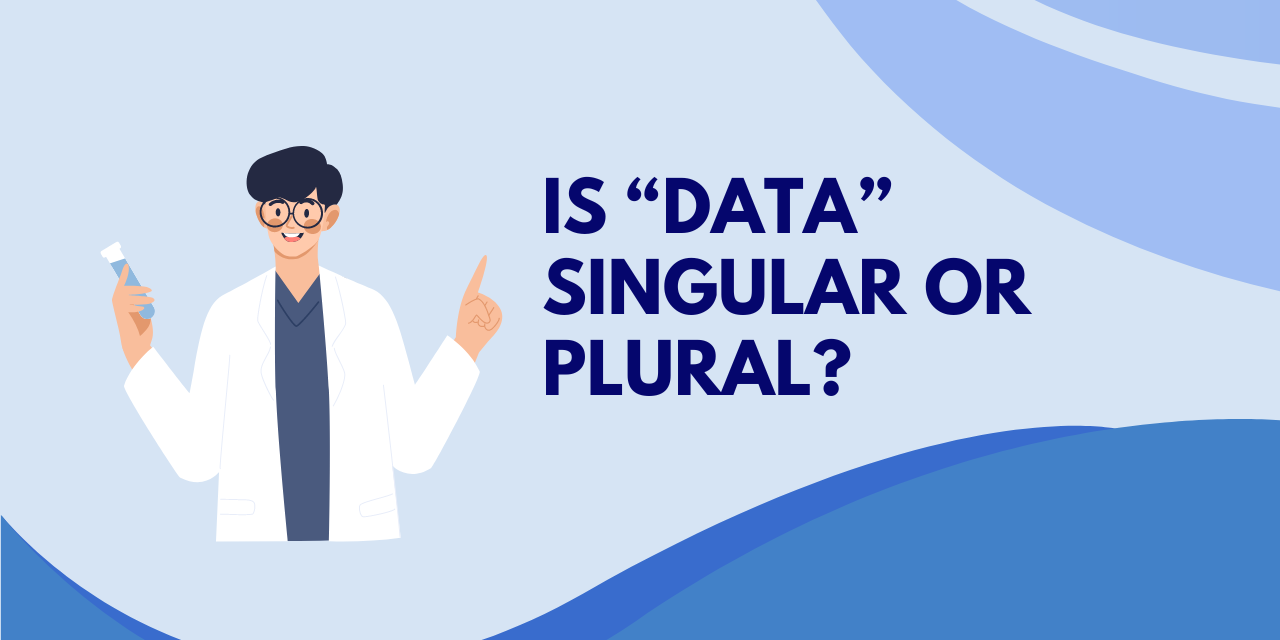Lately people have been visiting this site looking for the answer to this question:
“What is the difference between grammar and usage?”
Here is my answer: Grammar has to do with the correct placement of words in a sentence. Usage involves using the proper word.
These are grammatical errors:
Me and Joe rode home together.
There’s many ways to publish a book.
In the first example, we need a subject pronoun, I, as the subject of the sentence. It would be perfectly fine to say “Joe gave me a ride home” (object pronoun). But if we rode home together, Joe and I rode home (subject pronouns).
In the second error, we need the plural verb are–not is–to agree with the plural subject, ways. However, if there were only one way to publish a book, there’s (there is) would be correct.
Those errors have to do with the grammatical role the words play in the sentence.
Below are errors in usage–a word is used incorrectly:
What is your principle reason for applying? (Principle is used incorrectly. The proper word is principal.)
Please insure that Mr. Mohammed arrives safely. (Insure is used incorrectly. The proper word is ensure.)
No doubt there are much more elaborate explanations for the difference between grammar and usage. This brief one works for me. I hope it helps.
Lynn
_________________________________________________________
Other search spellings: grammer, gramar, differince, diference, explination






